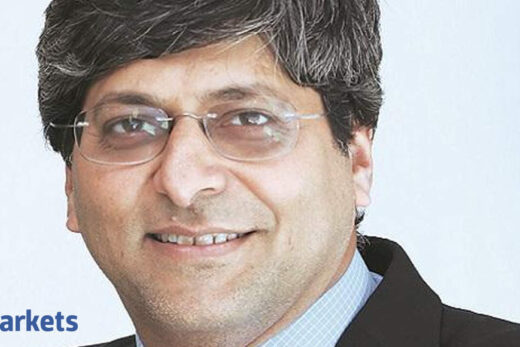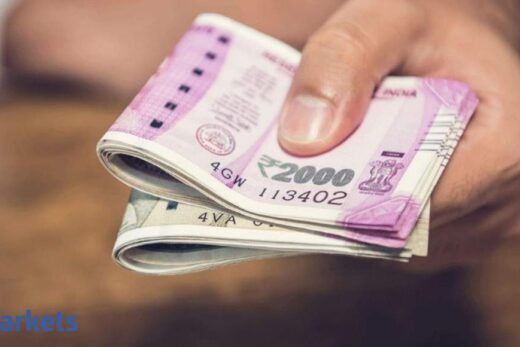Many believe that Paytm in the long run can do to private banks what private banks did back in the day to PSU banks. Given that thesis, do you think that maybe not today, maybe not tomorrow, but one needs to have investment in Paytm at whatever price?
Since you have referred to the history of private banks disrupting PSUs, Paytm also has some history and that will give us a lot of insights into what it can do in the future. If I have to summarise that history in one line, Paytm is a great company but in the wrong country. Let me just elaborate why I say that. Paytm started as a wallet in India. The wallet got disrupted by UPI in a very big way. Payments became a loss-making proposition for everyone and one could not earn revenue from payments. So Paytm went and decided to start a Paytm Mall or something e-commerce so that you can get more customers and you can eventually cross sell. That model failed because you had the Amazons and Flipkarts of the world and they did not have the backend to do it. So that is what the history was.
Paytm also decided to go into broking and mutual fund distribution but there is very little to boast about all of these things today. They have spent about Rs 14,000 crore just to get revenue of Rs 15,000-16,000 crore over the last few years. So to say that it will disrupt the current banks appears very difficult.
Paytm also knows that payments are not going to generate any profits as such because in India one cannot do that. So Paytm is trying to get customers to cross sell and give loans to them. So what can Paytm become in five-ten years? It can at max become a company which has a lakh crore of loan books. We already have a lot of such companies today and they do not trade at the valuations at which Paytm trades at. It is like too much of a crystal ball gazing to say Paytm can actually disrupt the private banks. Paytm wants private banks to be their partners at best.
I do not think there is a chance that Paytm can do that. There was a chance of disruption in 2015-16, I do not think it is as strong today. They say they are a combination of PayPal and Alipays of the world. I think there are none. At best, they can be a very large broker who can sell loans and investment products and that is my opening comment.
I take the point that you folks have also been making that look at PhonePe or look at Google Pay, they have a 45%, 35% market share. But then on the flip side — and I am playing the Devil’s Advocate here — in the long term, wouldn’t the markets reward the nimbleness and agility of Paytm? Its monthly revenue is what PhonePe’s annual revenue is. It made a mistake on UPI and is a distant third large player but it has clawed back to a 12% market share. Can one afford to ignore Paytm going forward and is it going to be a lambi race ka ghoda?
Maybe. Let us say we all have some sort of a negative view on Paytm but as you said, let’s play a Devil’s Advocate and list what is good with the company. So why are such big PEs and the Alibabas of the world backing Paytm? They just thought that what happened in China, the super apps called WeChat and Alipay, the same thing can happen in India and then once you have crores of users on your super app, you can cross sell and become a mega company, something like what Alibaba and Alipay did in China.
But see one very basic point is what is a supper app? A super app will have a lot of services. Paytm ticks the boxes okay. The app has everything that you need. But the second most important thing is that the users should spend a lot of time on the app. If you look at WeChat or Alipay of China, people spend two to three hours a day on that app and that is why they use 10-15-20 different services from that particular app.
If you look at Paytm, the average transaction size is just Rs 650 and that too because it is free. A credit card average spend is Rs 4,000. Now it just tells you that Paytm is just being used by people for very small ticket payments, maybe when they go and buy their groceries or very small ticket items and they do not think of Paytm as anything else. Like when I want to eat food, I think of a Zomato or a Swiggy in India, when I want to travel I think of IRCTC or MakeMyTrip, when I want to trade, I think of a Zerodha or an ICICI Securities. So what is the use that we are talking about here?
We would have taken Paytm really very seriously if there was a very serious use case. But here Paytm is fighting very strong players on all sides. One thing which will be very positive for Paytm is if the Government of India allows them to charge 10 paise on every payment. So for Paytm to reach profitability, something has to be taken from the Indian consumers. I do not think that is going to happen. Even if that happens, banks are going to be bigger winners and the competition will anyways priced at 10 paisa down to zero.
So whatever way you look at it, Paytm has a very difficult task. Other companies of the world trade at maybe 10 times revenue are already humongously profitable. So we do not ignore it because right now it is hard to ignore the fintech companies but the business does not give you comfort. The ecosystem which it has built does not tell you that it will dominate while the valuations are such that it is already equal to an Axis Bank. But Axis Bank generates Rs 10,000 crore of profit while Paytm has Rs 3,000 crore of revenue. So people may not want to ignore it but the writing to us, the fundamental guys seem very clear on the wall, that we are paying for some great thing which may happen in 2030.



